
Description:
Ⅰ. What is a PV Cable?
A PV cable, also known as a photovoltaic cable, is a specialized electrical cable used in solar power systems to connect solar panels to other system components, such as inverters, batteries, charge controllers, and electrical components. It plays a crucial role in the efficient and safe transmission of electricity generated by the solar panels. PV cables are engineered to withstand the unique demands of solar installations, such as exposure to sunlight, extreme temperatures, and environmental factors.
Ⅱ. Are PV cables UV-resistant and suitable for outdoor use?
Yes, PV cables are typically UV-resistant and suitable for outdoor use. They are designed to withstand prolonged exposure to sunlight and resist damage caused by UV radiation. The cables’ insulation and jacket materials are formulated to provide UV resistance, ensuring their durability and longevity in outdoor solar installations.
Ⅲ. Installation of PV cables
PV wire typically be run in conduit. In fact, it is often recommended to use conduit for PV wire installations to provide additional protection for the wiring system. Running PV wire through conduit helps safeguard the wires from physical damage, moisture, and other environmental factors, ensuring the safety and longevity of the solar power system.
When installing PV wire in conduit, some considerations to keep in mind include:
Conduit size: Ensure that the conduit is appropriately sized to accommodate the PV wire without causing excessive friction or bending of the cables.
Fill ratio: Follow the recommended fill ratio guidelines to prevent overcrowding of the conduit, which can lead to overheating and reduced wire performance.
Conduit material: Choose a conduit material that is compatible with the PV wire and suitable for the installation environment, such as PVC, metal conduit, or flexible conduit.
Code compliance: Familiarize yourself with local electrical codes and regulations to ensure compliance with any specific requirements related to conduit installations for PV systems.
Ⅳ. Considerations for PV cable installations on roofs or in high-wind areas
1. Using appropriate cable clips, ties, or clamps to secure the cables to the roof structure or racking system.
2. Ensuring proper sealing and waterproofing of cable entry points into the building or roof to prevent water ingress.
3. Complying with local building codes and regulations regarding roof penetrations and electrical installations.
Ⅴ.How to choose the correct solar DC cable?
Solar DC cables are responsible for transporting electricity from panels to inverters and their connected components. Here we will discuss choosing the appropriate size for installations to ensure optimal system efficiency and safety.
Solar cable size selection is an important aspect of designing a photovoltaic system. These cables, which are composed of multiple insulated wires enclosed within a protective outer jacket, are used to connect various components of a solar system. Solar cables are designed to resist UV radiation, severe temperatures, and adverse climates, and are typically put outdoors or within solar panels. Following we will discuss its types, the impact of sizing on its performance and safety, and learn about the Voltage Drop Index (VDI) as well.
1. Types of Solar Cables in Photovoltaic Systems
Solar cables are categorized depending on their gauge and the number of conductors they include, with the cable diameter fluctuating accordingly. Broadly, three solar cable types are utilized in photovoltaic systems: DC solar cables, solar DC main cables, and solar AC connecting cables.
2. Impact of Improper Cable Sizing on Performance and Safety
Proper sizing of solar cables is crucial as it can impact the performance and safety of the entire solar system. Choosing a cable that is too small can result in significant voltage drops and power loss. To reduce the risk of fire caused by wire overload, it is critical to follow the manufacturer’s guidelines and use the solar panel manufacturer’s cable sizing charts.
3. Calculating Voltage Drop Index (VDI) for Cable Sizing
Calculating the Voltage Drop Index (VDI) is essential for determining the appropriate cable size. The VDI is calculated using the total amperage, cable length, and the desired percentage of voltage drop.
In conclusion, understanding the basics of solar panel cables is essential for a successful solar energy installation. From selecting the appropriate cable size to making secure connections, every step plays a crucial role in ensuring a safe and efficient system. By following proper guidelines and consulting professionals when needed, you can confidently connect your solar panel cables and enjoy the benefits of clean, renewable energy.
Remember, safety should always be a top priority when working with electrical components. If you are unsure or uncomfortable with any aspect of connecting solar panel cables, it is recommended to seek assistance from qualified experts.




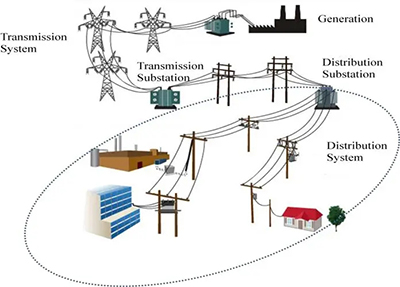
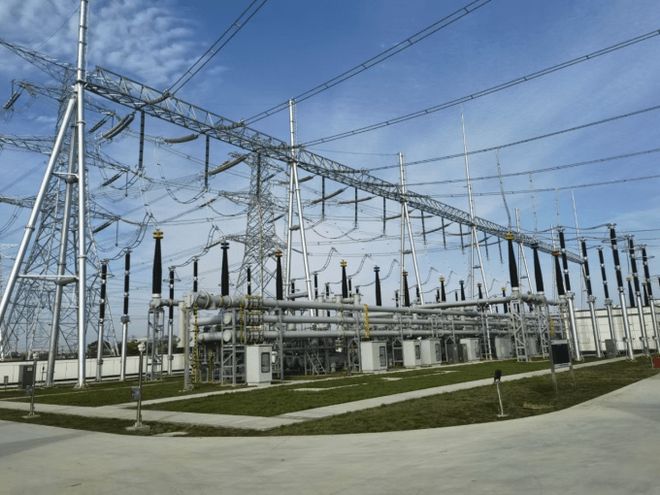
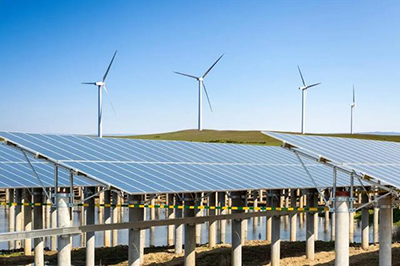


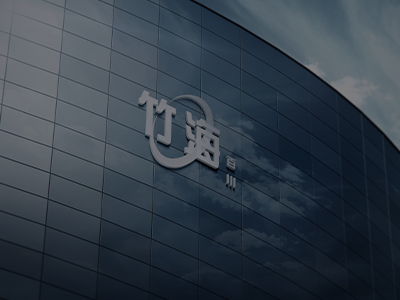






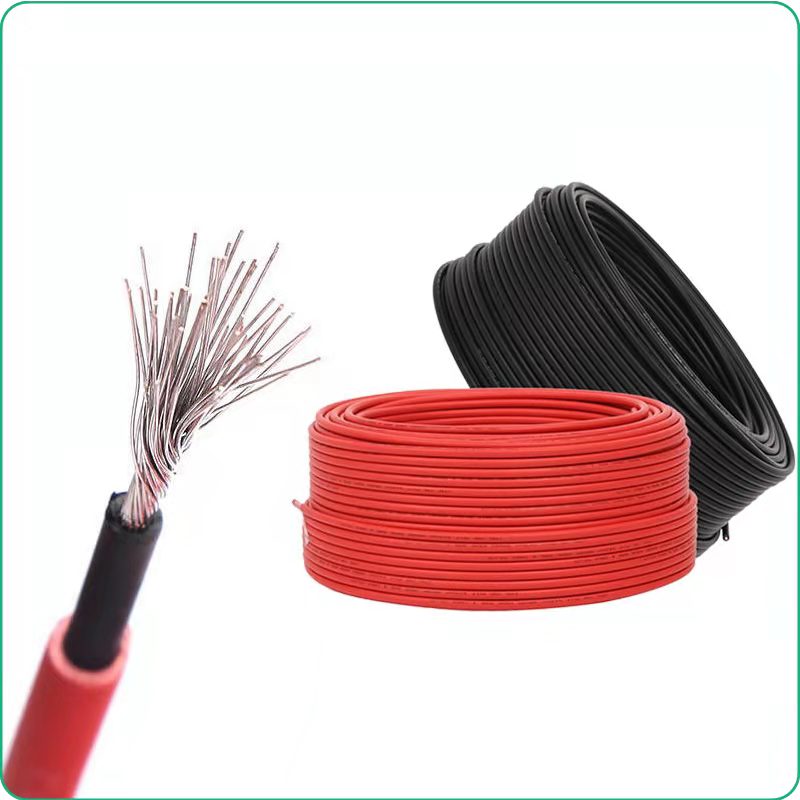
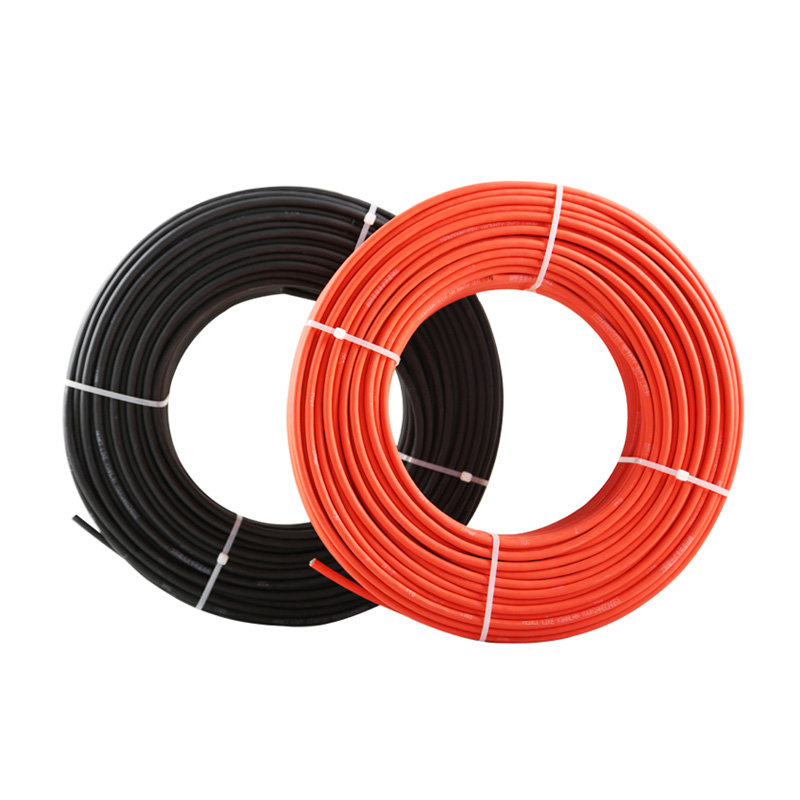
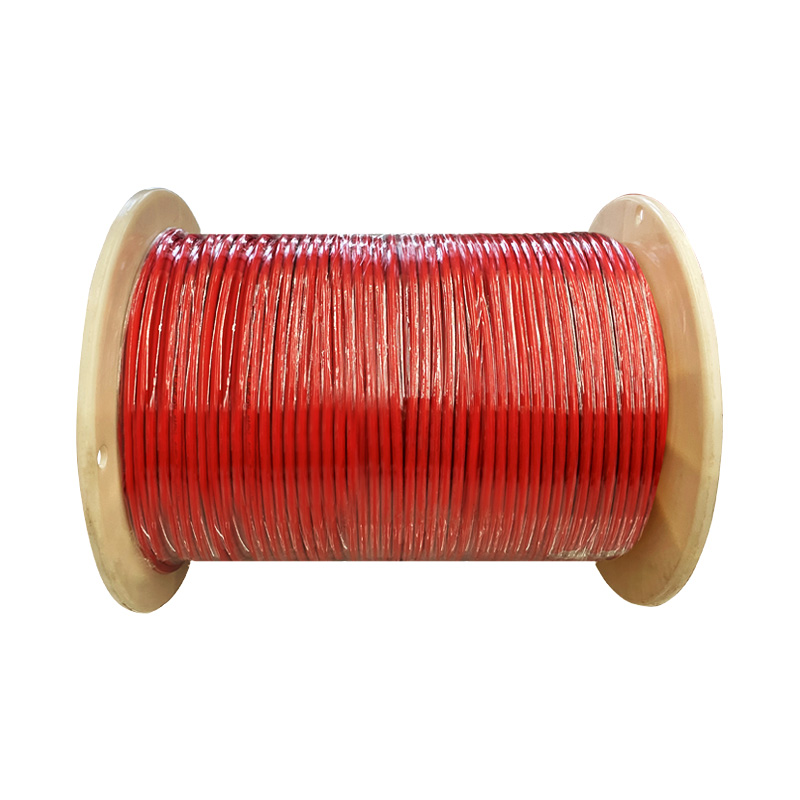
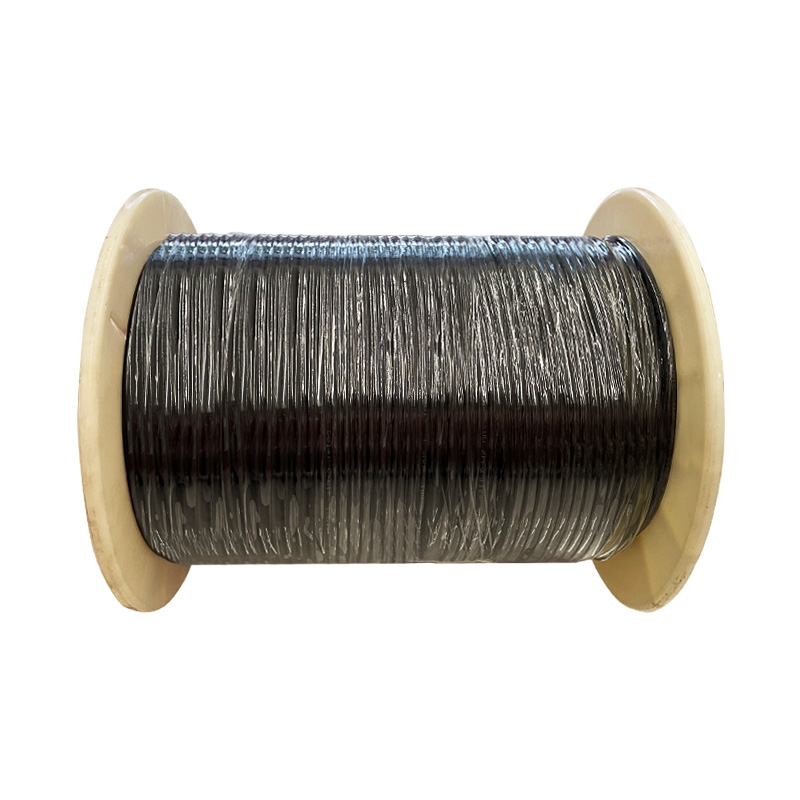
 Description:
Description: 


